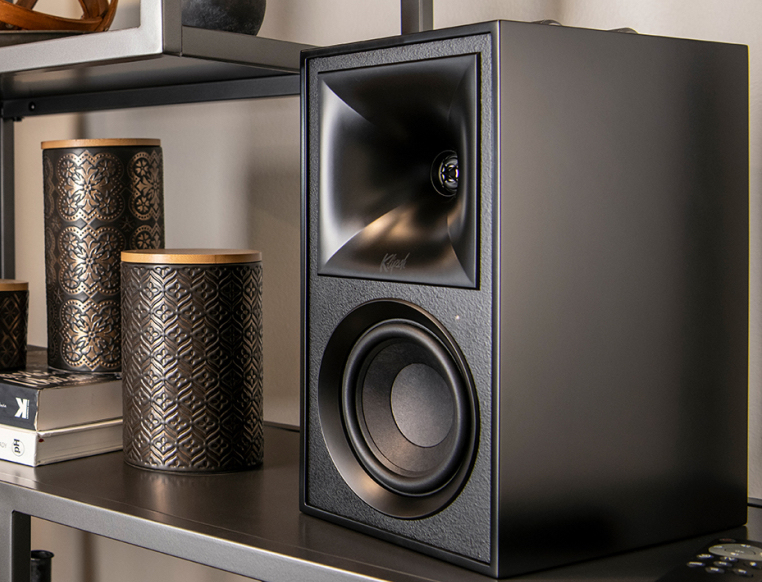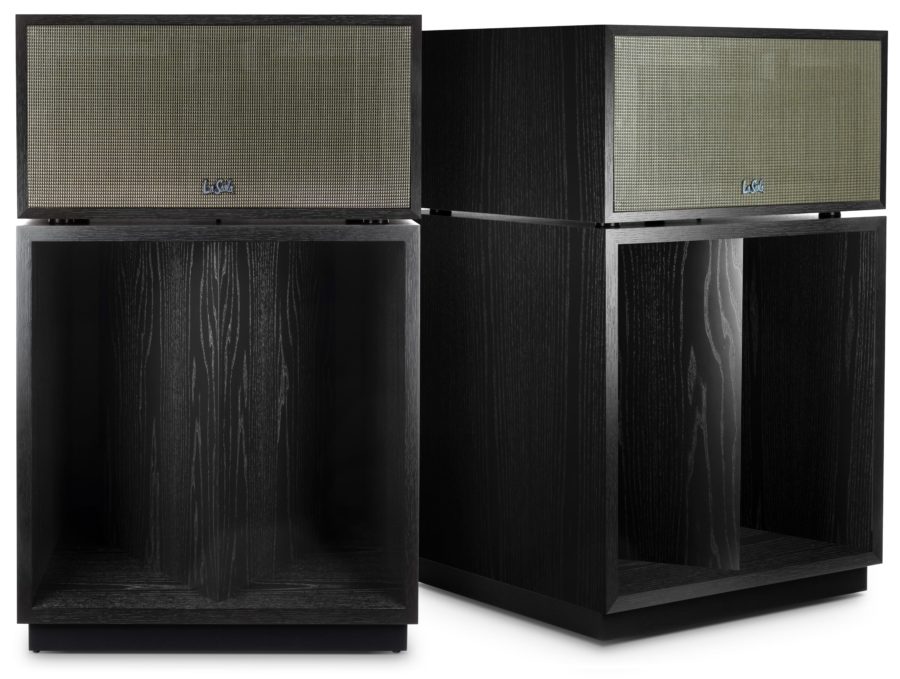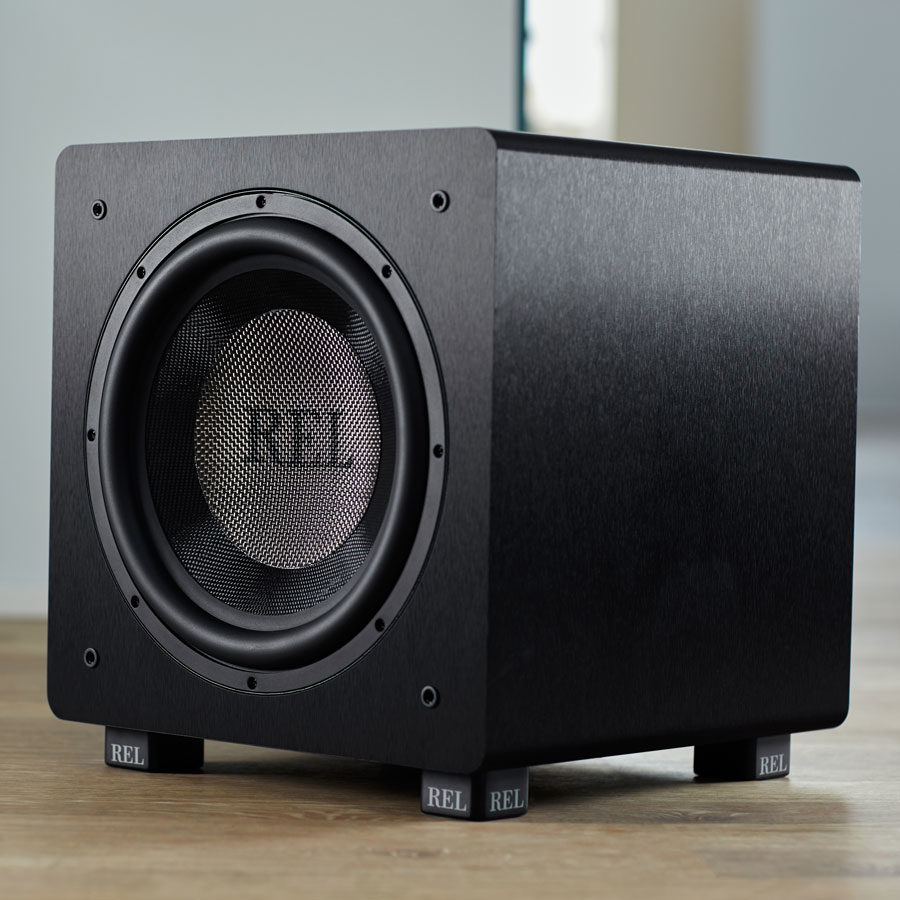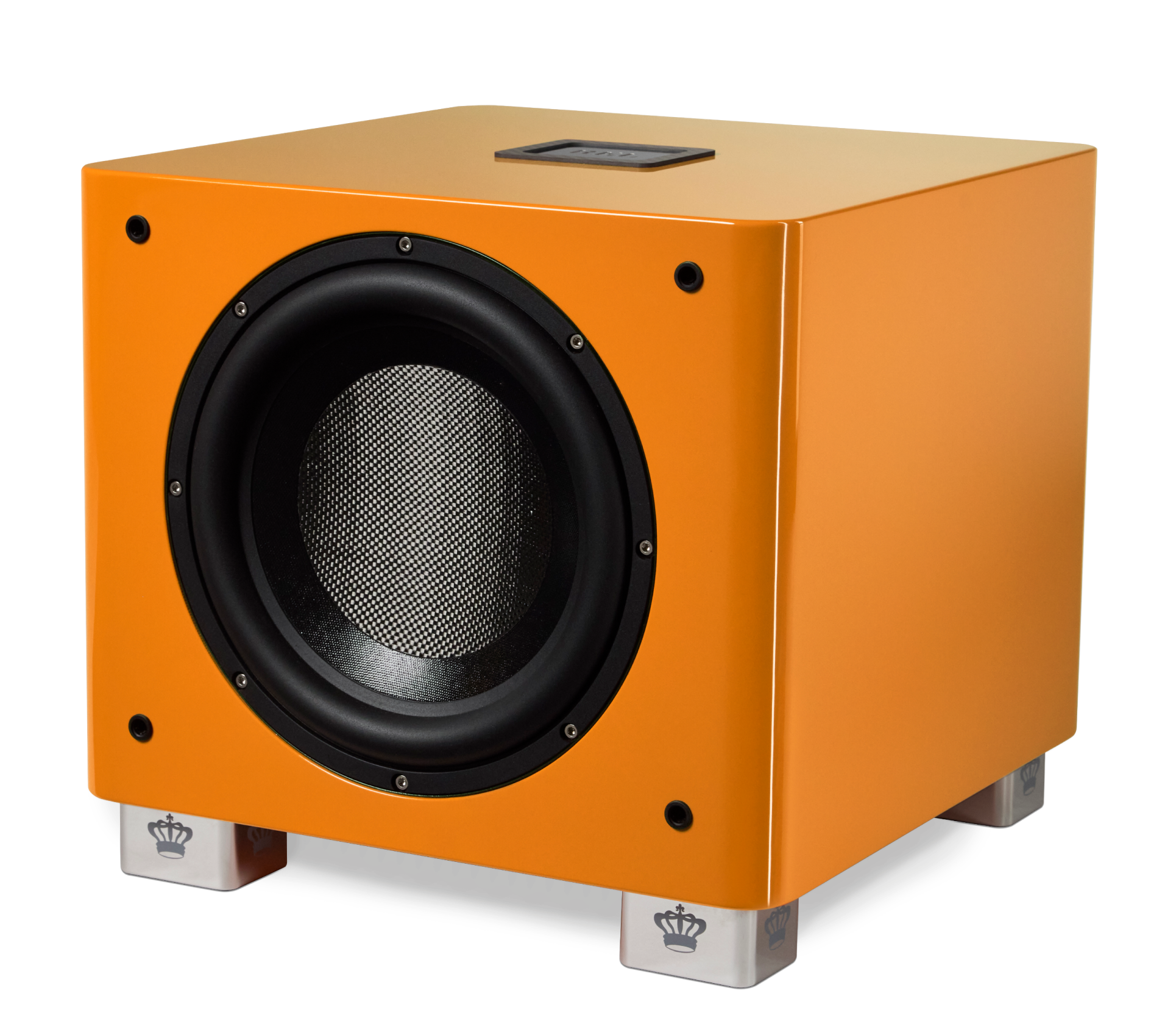Blog
Klipsch and High Efficiency Explained
Why they REALLY need a REL

I explained to a friend who asked recently how much louder “twice as loud” was. Ten decibels is the right answer. Relating that number to loudspeaker efficiency is the key to understanding the significance of high efficiency speakers. The ear is an amazing instrument, it is designed to work incredibly well at impossibly soft levels–a whisper in the dark at around 30 dB– or be able to handle incredibly high-volume levels of 130 dB. If our bodies handled temperature similarly, we would be able to survive temperatures as high as 30,000 degrees.
A simple place to start is by asking what is the typical efficiency of a loudspeaker? Most conventional speakers produce between 87 and 91 decibels of output for 1 watt of power coming from your amp. Amplifier power and perceived loudness are linked, but what most don’t realize is that a small increase in output requires a modest increase in amplifier power. For example, an increase in loudness of 1 decibel requires just 26% more power. If you are running a 100 watt amp or receiver and your system puts out a clean 100 dB, raising the output to 101 db will require a 126 watt amp/receiver.
Here’s where it gets into math, but relax, I’ll do it for you. Want your system to play just noticeably louder? You’ll need 3 dB more output but double the power. Yep, suddenly you’ll need a 200 watt amp. If you want your system to be able to play significantly louder it’ll need to play 6 db louder and for that you’ll need 4 times as much amplifier power. Suddenly those 400 watt monoblock amplifiers start to make a lot more sense, right?
We humans like to group things in easily understood increments:
| +3 dB is a modest increase in volume (loudness). –3 dB is a modest decrease in volume. | Takes 2 x original amp power. Takes ½ as much power. |
| +6dB is an easily heard increase in volume (loudness). –6dB is an easily heard decrease in volume. | Requires 4 times the power. Requires ¼ the power. |
| +10 dB is perceived as a doubling in loudness. –10 dB is perceived as a halving in loudness. | Bring bags of money. |
An increase of 10 dB is considered to sound “twice as loud” and will require 10 times the power! Thus, our 100 watt amp/receiver suddenly has to grow to 1,000 watts per channel for your system to go from 100 dB of “loudness” to 110 dB.
But what if your speaker, instead of 88 dB of efficiency, was 98 dB efficient? And it could do this with just 1 watt of input. You would need just 1.26 watts to go up 1 dB, 2 watts to increase system output by 3 dB and that +6 dB increase would come in at a still ridiculously moderate 4 watt amp. That’s the promise of high efficiency speakers although there are all kinds of factors that intrude on that too-good-to-be-true story.
I, like many out there, have always had a sweet tooth for Klipsch. Ever since I sold a good customer a big Threshold stack to go with his K-horns. OMG, this man’s house fit the needs of the Klipschorns perfectly. He was replacing truly awful sounding mid-70’s sold state electronics. Once the big Thresholds got warmed up to their task, all the myths I’d heard from so-called audiophiles dissolved. In the right room, with the right electronics and cables Klipschorns are huge, sweet sounding and effortless.

Where smaller, less expensive Klipsch speakers and other high efficiency speakers run out of gas is simply due to size. The K-horns are huge folded horn (meaning what you see tucked into a corner is already significantly large, but more than half as much more is tucked inside.
Size matters and size in bass REALLY matters. Want to make a tweeter super efficient? No big challenge, put a 4” horn in front of it and what was a shy and retiring 88 dB efficient tweeter jumps right up to 95-100 dB. How about the midrange? Again, easy (ok, it’s a little tougher) but a decent 6-8” deep horn in front of a special type of driver and again, voila instant 95-100 dB of efficiency.
It’s when you get into the bass that it suddenly gets very wobbly. Especially at affordable prices. Look at the biggest and best range of Klipsches, their Heritage lineup. You know, the ones that generations of law students dream of owning when they make partner someday? They’re multiple thousands of dollars a pair and larger than an under-the-counter refrigerator and they still roll off early on. Figure real world bass on a pair of LaScala’s (my favorite Klispch) at maybe 60-65Hz. So Klipsch are no different than any other speaker, they benefit from a REL.

What we produce truly deep bass from impossibly small cabinets is a bit of a miracle. We’re able to deliver LOUD, accurate, very fast, deep bass from models like our HT/1205 that are around a cubic foot of volume.
So here’s the big trick. To get a REL to blend easily with such high efficiency designs, it’s easily done if you commit to using our Low Level inputs, like our HT’s offer. Why? Because we can then decouple from the efficiency of the speaker. More correctly, we no longer are trying to get our sub a decently loud, dynamic signal from a power amp that is barely breaking 1 watt. By running Low Level Inputs you still get ALL the benefits of a REL; you still get the speed, the deep bass, the amazing drivers, the same great input filters and crossovers and wonderful cabinet construction of RELs. And you can turn it up independently of the main amplifier to perfectly blend with your super-efficient Klipsch speakers or Zu Omens or whatever. So go forth, enjoy your efficient speakers and revel in the full, rich sound of RELs running with Klipsch or whatever happily efficient speaker you choose.
I met Paul Klipsch once, late in his life. A serious man, a man who was a legend for most of his adult life. I wish he could have heard his speakers with our subs. I hope he would have smiled.











